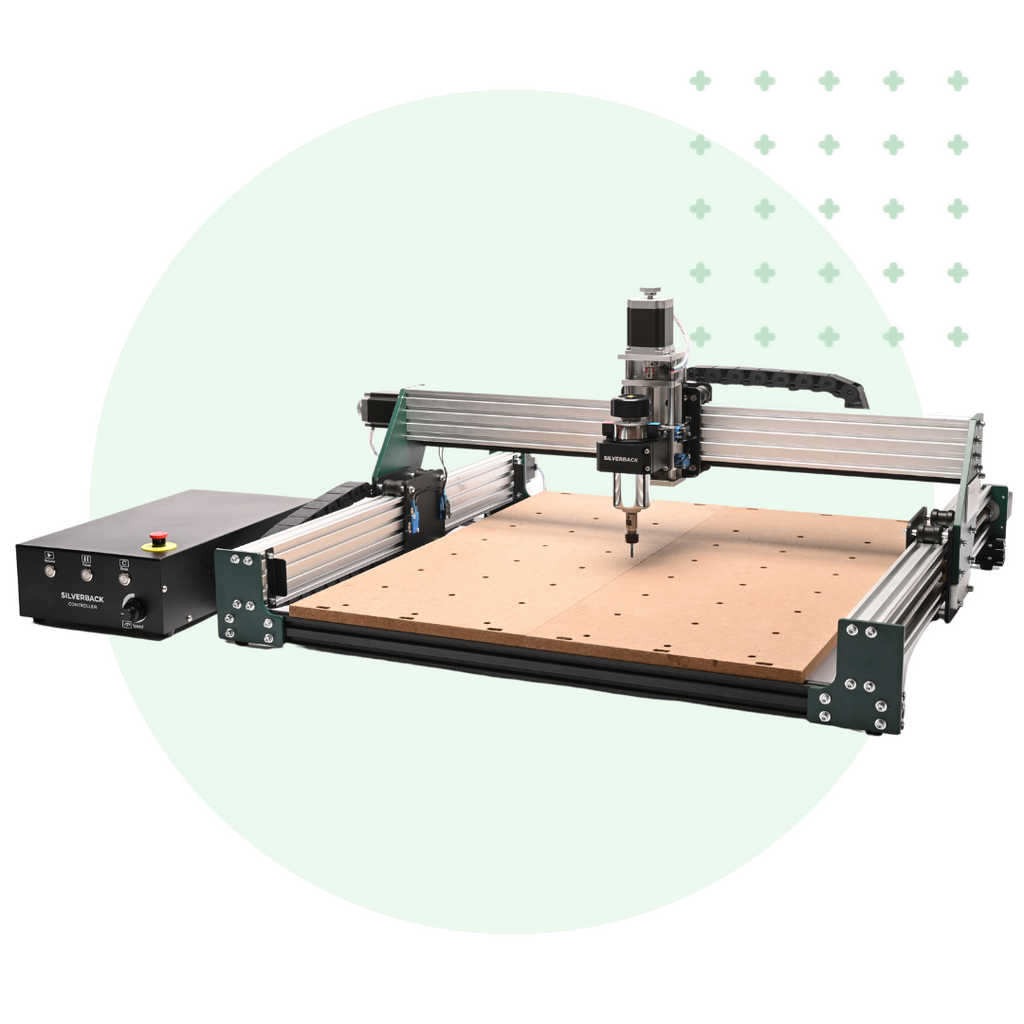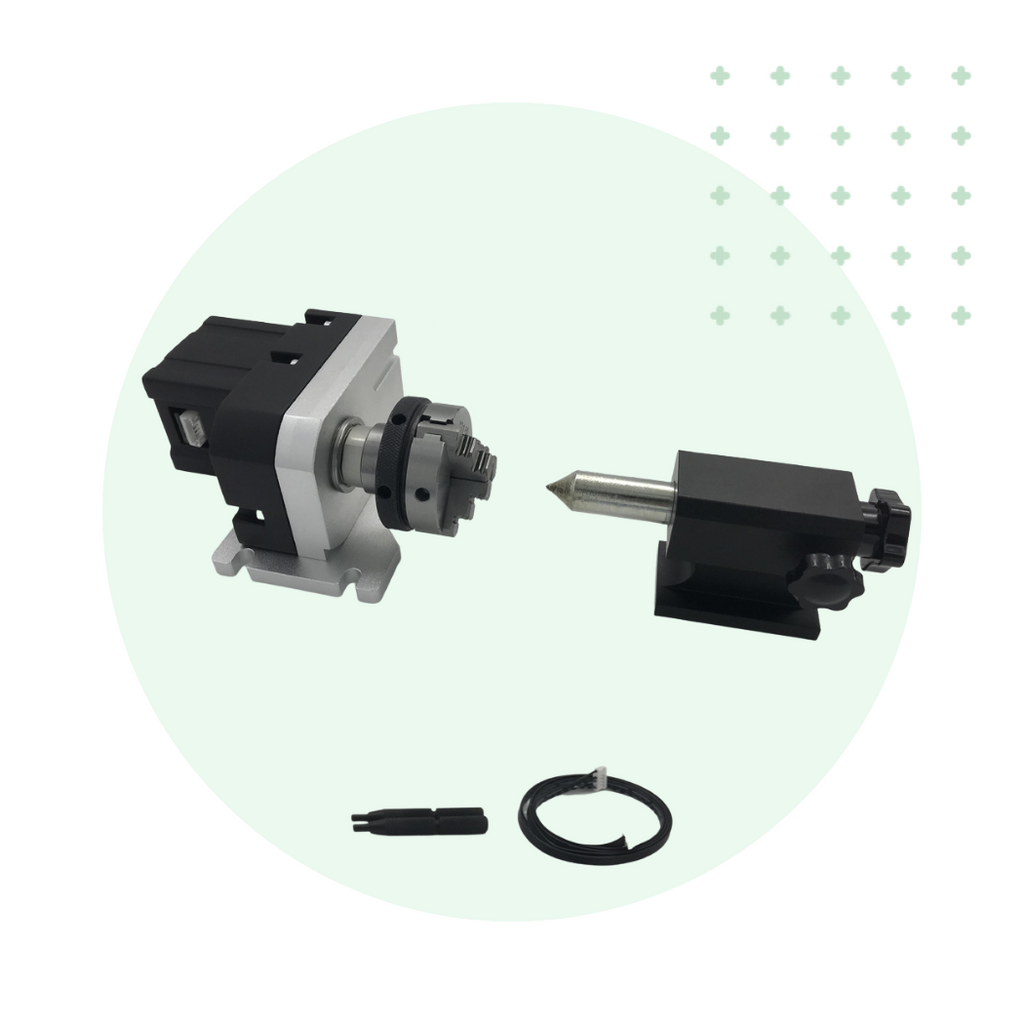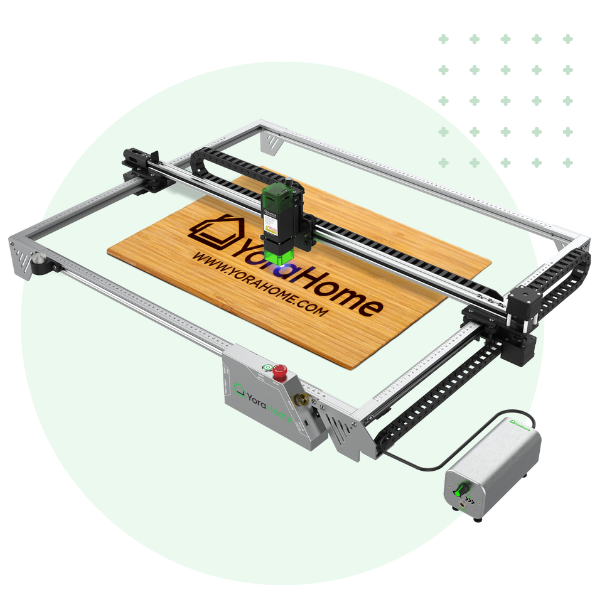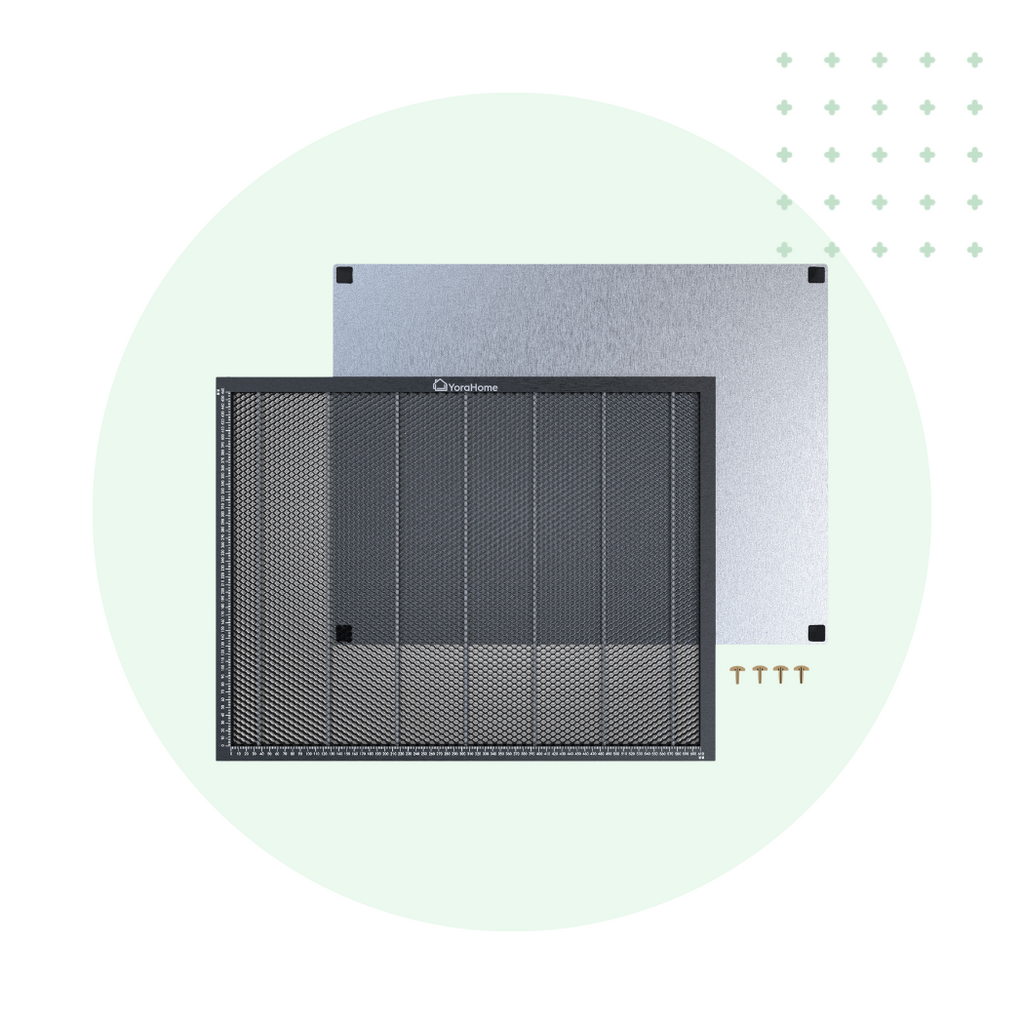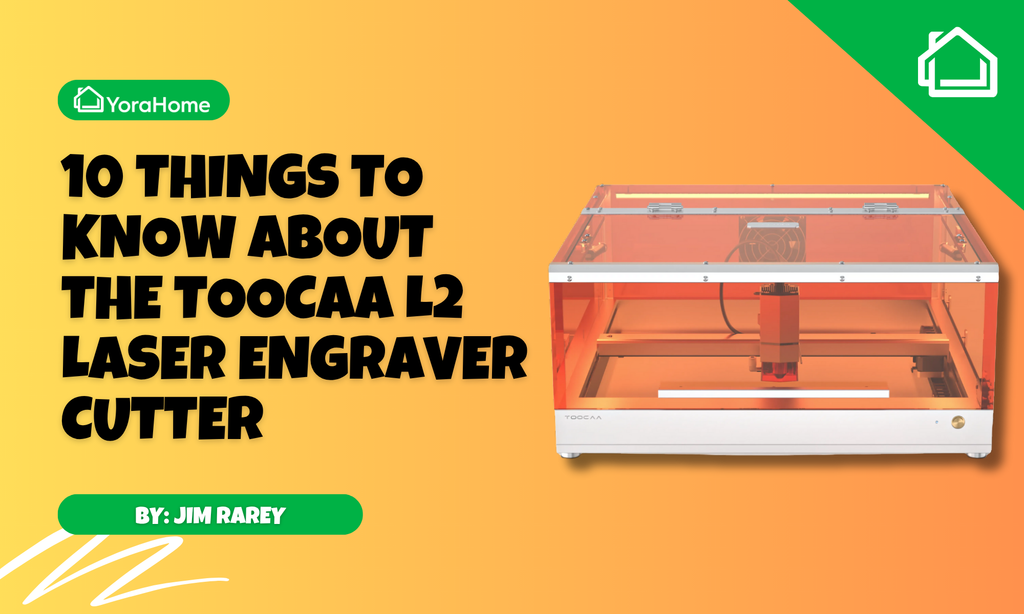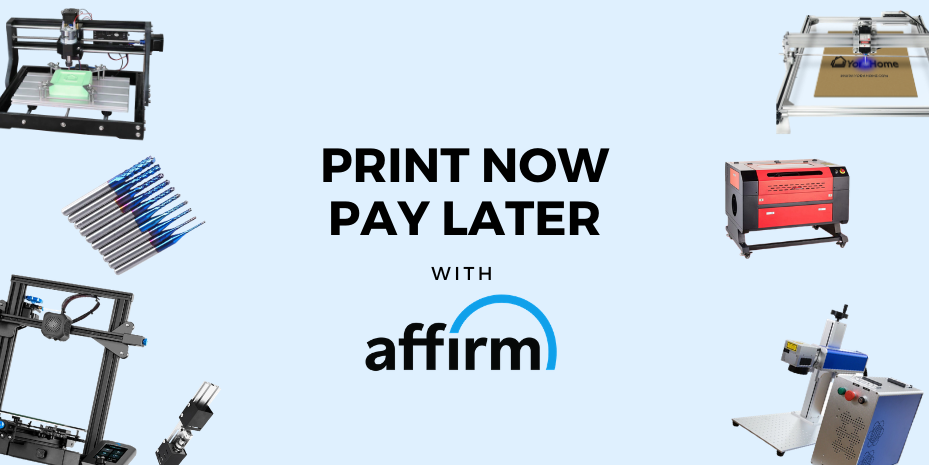What Is An End Mill (Part II)

Let’s demystify the whole end mills thing a bit, shall we?
If you think of a drill bit, you can picture that it cuts down into or through a material. A CNC machine end mill is different: it is designed to cut horizontally across a surface in any direction.
There is a huge variety of styles designed for different effects. What different bits do and how they work will help you choose the right bit for your project.
1. End Mills Materials
Before we go any further, we need to mention that end mills come in different materials too, varying in cost and quality. You need to choose the appropriate bit for your budget, don’t go mad and buy the most expensive you can find to begin with, get your techniques right first then increase your quality.
The most common materials you'll come across in CNC milling tools include: Carbon Steel, High-Speed Steel and Solid Carbide.
Carbon Steel
The cheapest material of the bunch and includes a small amount of carbon with small amounts of manganese and silicon.
High-Speed Steel (HSS)
This material has improved hardness, toughness, and wear resistance over carbon steel. HSS tools are generally more expensive than others, but they’re built to last.
Solid Carbide
This is more hardwearing than HSS but may chip rather than wear out over time. Normally carbide tools are made by mixing carbide with another metal, like tungsten or titanium.
Some end mills even come with a coating to increase hardness, improve longevity, and allow for faster cutting speeds.
2. Parts of an End Mill
So, here are the basic parts for any end mill:
Flutes
And we’re not talking musical instruments now. Cutting edges are machined into the side of a tool to provide a path for ejected chips of material to travel along as it moves through a block of material, these are known as flutes.
You can go from single up to 8 or more flutes, depending on what material you are trying to cut. If your material produces large chips, a cutter with too many flutes will clog and heat up and can cause your material to start to melt if you’re using something like acrylic as it will stop the chips clearing effectively.
A good rule of thumb – the harder the material, the more flutes you’ll want to use.
Cutting Diameter vs. Shank Diameter
The cutting diameter is the overall cut diameter that the bit will make in a material. When choosing a bit for your project, you want the biggest possible cutting diameter for the job, remembering that fine details will be lost if the bit is larger than the cut required. Easel will recommend that you use a smaller bit if your job has detailed elements that cannot be cut by your selected bit.
Shank diameter is the diameter of the non-cutting part of the bit, this is the bit inserted into the spindle collet. You can get different sized collets to accommodate different shank diameters for use with different bits for different materials, but we can discuss that in next installment.
Shank Length
Measuring your End Mill from one end to the other will yield the overall the shank or overall length of the bit. Remember that the longer your bit is, the more deflection it will have compared to a shorter bit. You may need to slow your machine down, or generally be less aggressive with your machining if using a longer bit.
3. Types of End Mills
End mills tend to be described by their tip shape. 3 basic tips are as follows:
Straight Flute End Mills
These CNC cutting tools are general purpose tools that can make quality edges. The overall shape is cylindrical, and the cutting end is flat. The flat end of the cutter makes it easy to cut surfaces that are horizontal with the bottom of the tool.
Ball Nose Mills
Ball nose mills have rounded ends that produce great curved surfaces and are used for 3D.
V-Bits
These tools make are V-shaped cuts in the material. The angle of the V-bit can vary depending on the angle required. These are often used to engrave signs on materials, but they’re also ideal for projects that need sharp edges and small sizes are perfect for fine engraving work on any type of material.
You can also get a pack of the essential ones as a great start to your collection – you will have one whether you think that now or not.
Get The Freshest Content
Straight To Your Inbox
Join over 3,000 creators who receive premium content, exclusive discounts, and all the must-know info on a weekly basis.
